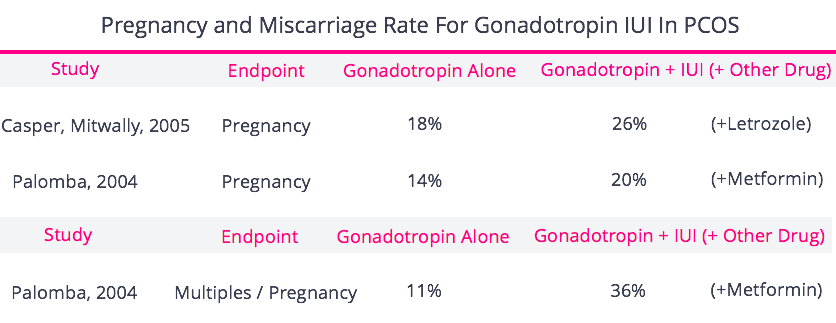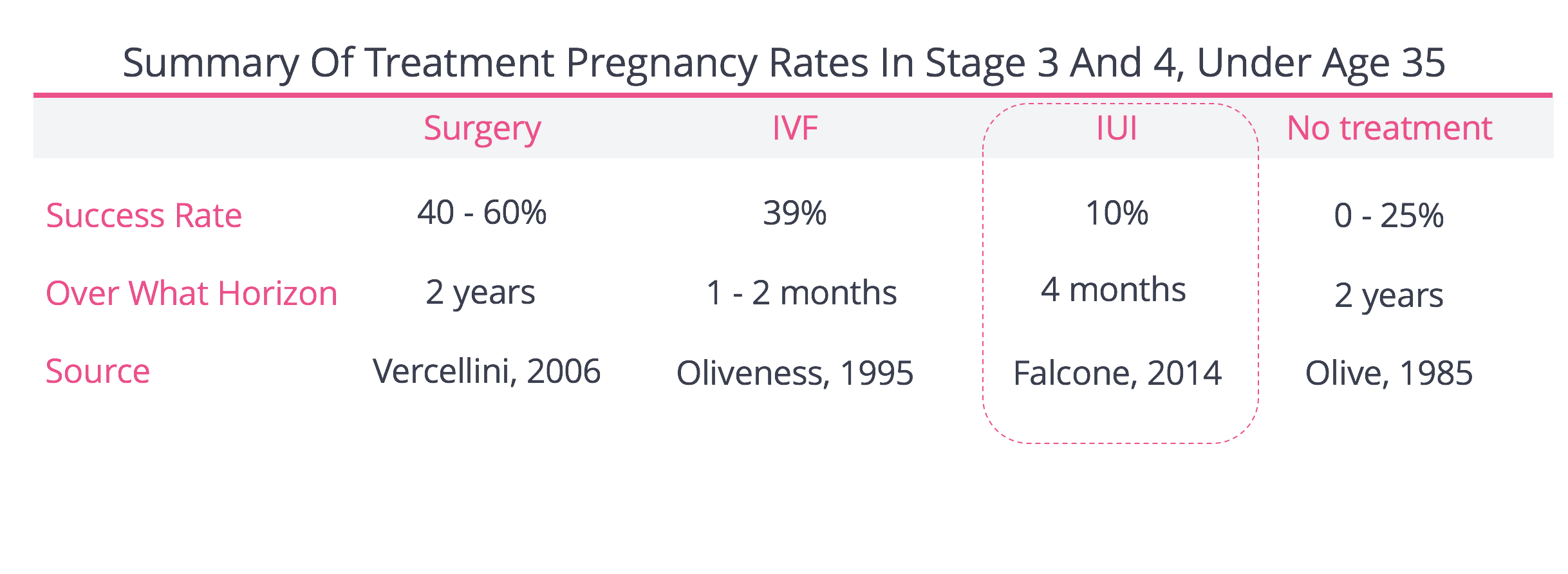

However, Naegele’s rule assumes that your cycle is 28 days long with ovulation occurring on day 14, which isn’t the case for many women. Named after a German Obstetrician who practiced in the early 1800’s, Naegele’s rule predicts childbirth to occur 280 days afterthe first day of the last menstrual period. Naegele’s rule is what this due date calculator and pregnancy calendar is based on. What is Naegele’s rule for due date calculation?

This study shows that early dating ultrasounds don’t change the incidence of induction. Note that you don’t have to have an early ultrasound, especially if you are fairly certain of your cycle length and conception window. As a result, your midwife or doctor may change your due date based on the ultrasound gestational age.Įarly ultrasounds are very accurate when dating a pregnancy and can be helpful if you don’t know your LMP or your periods are irregular.

If there are significant differences in the dates, your doctor may want to dig deeper to determine conception date. It’s normal for these dates to not match up perfectly. This figure is based on how the baby is measuring, not on your LMP, which the due date calculator uses. If you get an ultrasound you may notice a “GA” on the image with a number of weeks and days. Gestational age (GA) is the term used to describe how far along the pregnancy is and how long baby has been gestating (growing in the uterus). What is “gestational age?” Can it be different than what the calculator shows?


 0 kommentar(er)
0 kommentar(er)
